Dreaming in Colour: Interpreting Sanjay Leela Bhansali’s Spellbinding Visual Universe
The mercurial director, known for indulging his love of the opulent, orchestrates spectacular cinematic realities but populates them with characters who are perpetual prisoners. On the heels of Bhansali’s latest release, Gangubai Kathiawadi, the film critic and writer pauses frames from five of his iconic films to analyse how a shift in film-making sensibilities has affected his portrayal of tragic, inner worlds
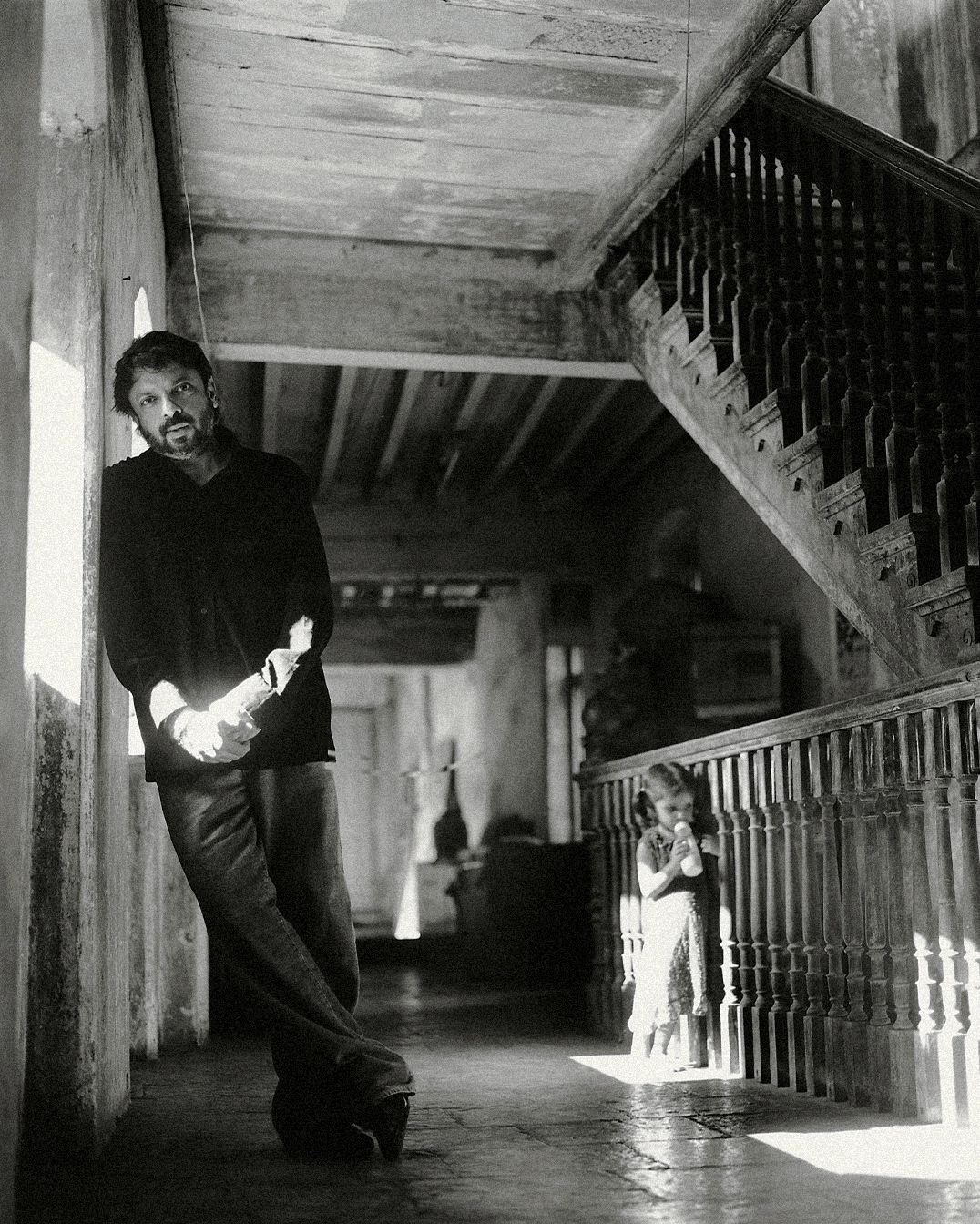
“How can you bury the ghosts? Your mind doesn’t let you …,” Sanjay Leela Bhansali responded, and then trailed off in a 2002 interview with Simi Garewal. We also discover through his later interviews that he meditates on the body as a storehouse of trauma (elsewhere, he mentions, “… the discomfort is set into the body.”).
This degree of self-awareness, rare in mainstream Hindi cinema, allows Bhansali to wield a palpable influence on all of his work, and he emerges as one of the few directors whose work can be subjected to the scrutiny traditionally reserved for a film artist – one may scour thus through their body of work to detect undeniable signs of their presence. His filmography offers up a tapestry of exhibits identifiable by their bawdiness, their inherent opera and a morbid propensity for suffering – titles that are doused as much in classical cinephilia as they are in Indian performative traditions.
Stories of his authorial control – but also of his authority – abound through gossip websites, viral videos that aim to shock, Reddit forums and the industry grapevine. He has himself critically reflected through the years on his extreme impatience on-set: in a sit-down with Verve in 2005, he admitted, “…[S]mall things make me angry; a candle that is not correctly placed, ghungroos that are not perfect, a table mat that is askew.” A series of collaborators over the years, which include distinguished cinematographers Ravi K. Chandran and Sudeep Chatterjee, along with a spate of his leading actors, have mentioned how demanding he can be. However, they also remain quick to clarify that the abject fastidiousness and perfectionism do not come in the way of autonomy.
It is clear that the universe that resides within Bhansali’s films is organised around the axis of his own being. This manifests in the perennial archetypes that lace his oeuvre (domineering fathers, resilient mothers, a man bent upon self-destruction, a woman who yearns, a society that will fail them); the cinephilic traditions that mould his own work (K. Asif is writ large; so is V. Shantaram; but also, Raj Kapoor) and in his obsession with spaciousness. “The house of my childhood filled me with claustrophobia – I could not wait to get out,” he lamented in a 2019 interview with Anupama Chopra. Bhansali has spent his life making films about perpetual prisoners: spirits trapped by bodies; bodies trapped by cultures; cultures trapped by provenance. One could argue that in fact, the trajectory of Bhansali’s career can be assessed as the series of means the director has chosen to articulate this entrapment: while his earlier films exhibit an impressive interiority and even tenderness, the extravaganzas produced over the last decade have adopted an exhibitionism prolific in the massy films from his childhood. Indeed, in an interview with Komal Nahta, the director registered and acknowledged this duality when he said, “There is the world cinema I watched at the Institute, but I grew up also on Loafer (1973) and the films of Dada Kondke, examples of true folk art.”
And yet, Gangubai Kathiawadi, which released on February 25th, seems to mark a crucial departure for the film-maker; it is not set upon a fantastic island severed from the actual universe as all of his other films are, but inside of a Mumbai neighbourhood probably similar to the one he grew up in, and from which he has spent his life supposedly trying to escape. The trailers of the film seem to indicate that while the film may not signal a drastic severance from the excess of Bhansali’s last three films, it is still interesting because he seems to have adopted the style of the traditional gangster film set in the chawls of Mumbai.
Perhaps, then, it actually marks a return: the homecoming of the fugitive.
Khamoshi: The Musical (1996)
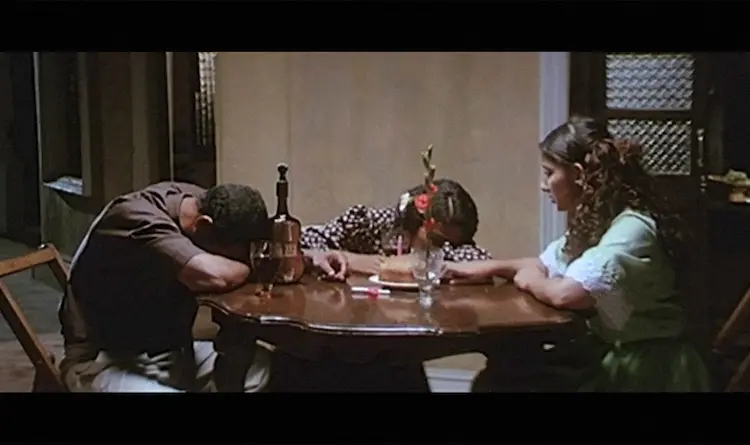
The story of the friction that results from the singing aspirations of the young daughter of a deaf-mute couple, Khamoshi is a debut that features sequences and tracts handled with remarkable confidence. Incidentally, it still remains one of Bhansali’s most compact films. The irony with Bhansali is that when he is assigned sparser resources, such as with Khamoshi, or later with Black (2005), he is forced to conceive more interesting solutions. Two sequences stand out as examples of such dexterity: a song (Yeh Dil Sun Raha Hai) picturised inside of the recording studio where our protagonist’s parents come to see her sing for the first time and a spiritual treaty is established between them, and another (Gaate The Pehle Akele), where a sentient piano travels through an idyllic Goan town and activates it into a celebratory fever.
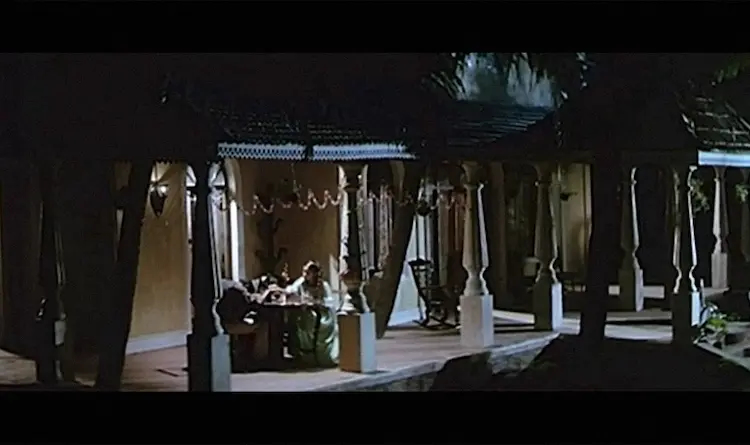
The entire film is designed as a play on the fairy tale mythology of Rapunzel, but the image that really lays home the theme of our princess’ yearning for escape emerges from a scene where she turns up late for a birthday party at home. Her parents, deaf, mute and spiteful, accuse her of prioritising music over them and declare hatred for her vocation as a means by which to hurt her. As they both collapse to inebriation, the film cuts to a master, in which the three figures are framed seated at a table in a corridor, surrounded by immense shadows; their house, which has up till this point in the film been presented only in solid and wholesome daylight, suddenly emerges as a drastic dungeon within which our heroine is doomed to eternal internment.
Devdas (2002)
Within the crevices of the larger, extravagant drapery of Devdas, Bhansali’s third feature and second collaboration with Aishwarya Rai Bachchan, lies a seemingly minor scene that is easy to neglect in the sensorial ambush of the rest of the film. During their first night together as a married couple, Paro’s zamindar husband lets her know that their marriage is a mere social ornament and that his love for his dead wife will never extinguish. This, merely a beat after she learns of the catalogue of his extant progeny: a son; a daughter; and their elder sister, who is the same age as Paro.
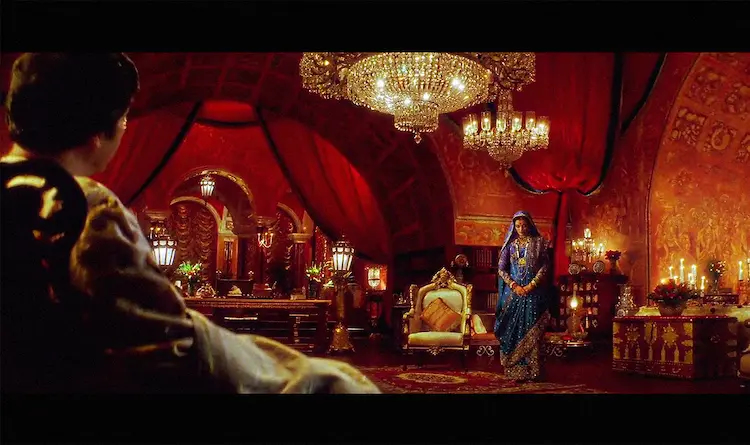
The scene still remains one of his most tender fabrications, and it’s interesting to try to pick apart some of its layers. Bhansali has publicly articulated a disinterest in organising any grand commentary on the issues of the world, its social realities or its political truths; instead, he has professed a dire need to encircle interiorities of his respective characters. The clarity of this ambition is admirable, though it also means that in his adaptation of Devdas, Sarat Chandra Chatterjee’s commentary on the redundancy of classical feudalism is drained of the undertow of social revolution that constitutes it at a molecular level.
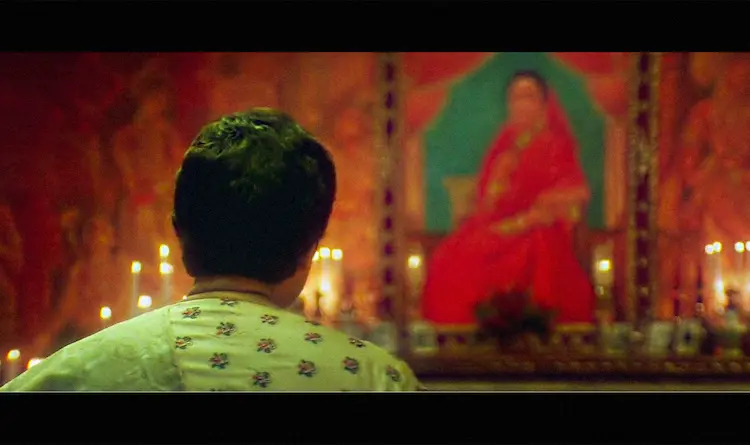
However, with the zamindar’s declaration in particular, Bhansali accomplishes a delicate intersection of the two realms. He overlays, like Satyajit Ray did with the entirety of Ghare-Baire (1984), the personal captivation of our protagonist with the larger social circumstance that has enforced it. When the zamindar husband denies Paro the status of a lover, he does not merely weaponise his feudal privilege to render her into a symbol, but also deny her erotic pursuit for the rest of her married life. Bhansali’s films are full of violence – his men wallow, his women yearn – but perhaps none can match the cruelty of the zamindar’s imposition on her of sexlessness.
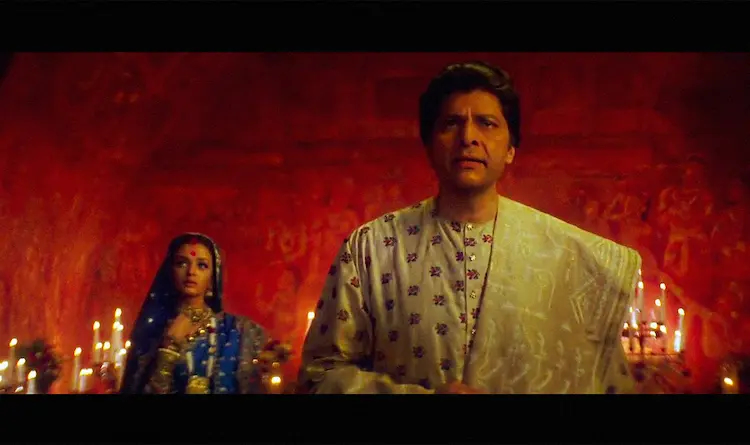
One of the few directors in Hindi mainstream cinema who seems to practice a conscious cinephilia, Bhansali has often eulogised the figure of Meena Kumari in various interviews – when her husband dooms her to frigidity, Paro becomes the ghost of Chhoti Bahu in Sahib Bibi Aur Ghulam (1962). The horror iconography permeates through the rest of the scene as well; Bhansali films the zamindar against a giant photograph of his deceased ex, whose figure now looms over the scene much like another film about dead wives and their necrophile husbands – Alfred Hitchcock’s Rebecca (1940).
Saawariya (2007)
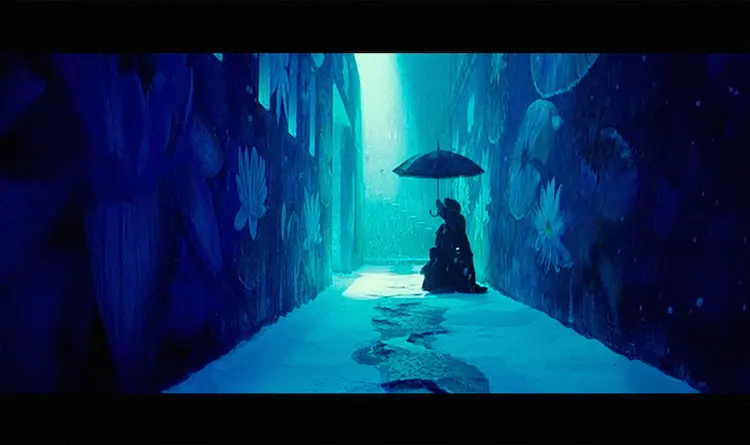
It is a miracle that a film like Saawariya could be made at all. Adapted from White Nights, a short story about unrequited love by Fyodor Dostoevsky, the film’s event can perhaps be explained by a confluence of factors: Bhansali’s heft in the wake of Black, Bollywood’s existential need to produce spectacle in response to the multiplex film, and Sony’s desire to announce themselves to India.
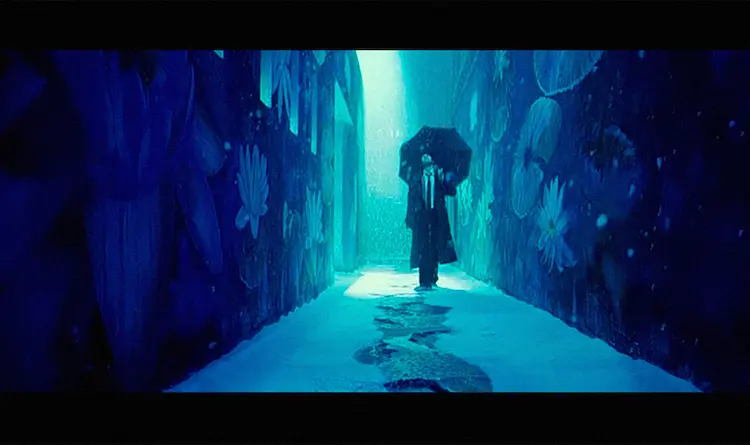
But at least Omung Kumar had fun. His production design combines a set of typologies that have no coherence with each other and seem on the surface to be irreconcilable: there is a Venetian system of lakes borrowed from Luchino Visconti’s 1957 film version of White Nights, a network of outdoor cafes from any major European tourist town, a town square from Arabia, a Muslim quarter, the protagonist’s rented room decorated by curtains plastered with a Mona Lisa mimicry, and a red-light district that is as much Kolkata as it is Amsterdam. In order to make all of these seem seamless, he comes up with an indigenous solution: he dunks all of them in gratuitous blue sheen.
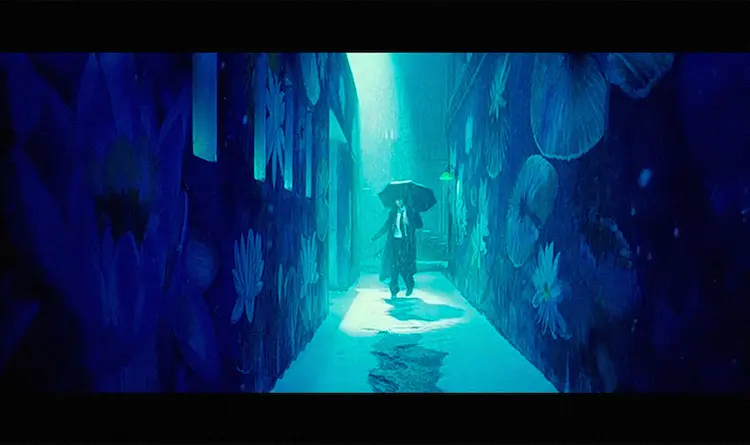
Bhansali himself matches Kumar’s collage pound-for-pound: his script resembles a slot-machine which throws up cinematic genres at will. At last count, the film simulates the meet-cute, the war film, the musical, the silent comedy, the Disney fairy-tale and the Muslim social. And yet, for a film set within a vast imaginary town whose effects are spread across an elaborate map, the most poignant scene takes place inside of an indistinct alleyway. It plays as a forceful distillation of the film’s central idea: the protagonist discovers – as Bhansali protagonists are bound to – there is perverse poetry in lifelong misery. One wonders about the film-maker’s fascination for an assortment of morbidities – loss, sacrifice, ruin and death – and is perhaps forced to reflect on his own acknowledgment of the enduring effects of his childhood on his psyche. In Saawariya as well, when the girl he favours leaves with the senior actor, the hero of the film continues his merry dance inside of a wondrous alley laden with potholes. If the thematic emphasis is still not enough, the film uses a rendition of Smile, the soundtrack to Charlie Chaplin’s Modern Times, as a means by which to enlist its protagonist in the legacy of cinema’s dignified tramps.
Guzaarish (2010)
In Guzaarish, a quadriplegic magician pleads with the court to permit him euthanasia. Like all other Bhansali protagonists, though, his release is denied. Often thought of as a minor entry in his filmography, it deserves greater attention for the number of its maker’s inclinations that it illuminates: a hero in a state of entrapment; a heroine who will wait forever for reciprocal love; the grudging relationship they bear with the society that surrounds them; and the potential of art (in this case, magic, literally) to alleviate suffering, even if for a fleeting second.
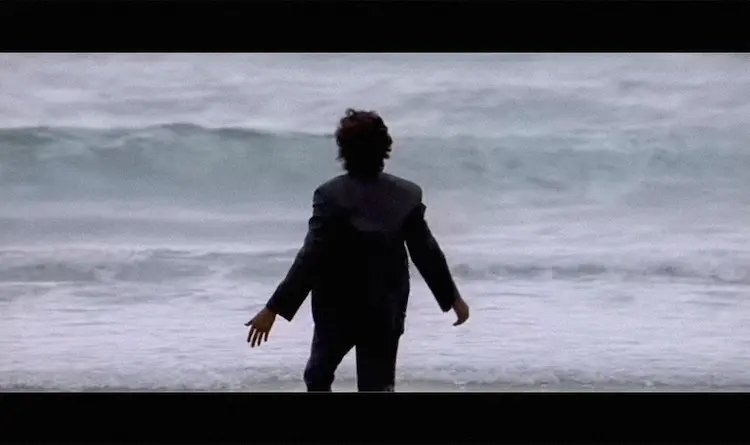
Bhansali works for the first time with Sudeep Chatterjee (also Bajirao Mastani, also Padmaavat) to invent the latter-day advertising aesthetic: pastel walls in the blue-green spectrum, scenes awash in pretend sunlight and decor organised in perfect alignment. The frames are “beautiful” but devoid of the elemental – there is no sea, not a draft of wind, never a tree, not the rain. Three-quarters into the film, nature finally intrudes into the frame, but only to underline what is already embossed. Its protagonist is asleep on the bed and the roof begins to leak. He tries to dodge the patter of drop-bullets but cannot because of his condition. By night’s end, he is drenched.
In a film that, as an ironic joke, casts an actor renowned for his somatic grace in the role of a stationery figure, the most dreamlike sequence allows him to fantasise motion. If only for a few moments, the character wrests back pleasure that the rest of the film denies him. The sequence mines the character’s condition for some leftover rhetoric, but it still stands out for the quiet, no-frills concession it offers him.
Of course, a second later, Bhansali cuts to a wide-shot of him seated in a wheelchair.
Padmaavat (2018)
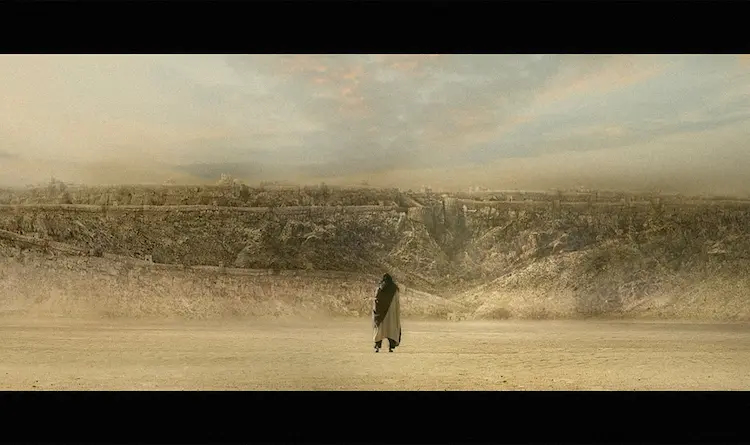
By Padmaavat, all of the internal gestures or tensions in Bhansali have mutated into external spectacle: nothing bustles inside of the characters anymore; their tragedy is scrawled across the fort walls. This renders their respective madness sterile, even banal. Consider this: Bhansali’s decision to prioritise the blatant exhibitionism of Khilji’s desires causes the film to overlook the quiet, very internal tragedy of Mehrunisa, his wife and a woman doomed to marital neglect. This is a character who would have been at the forefront of Bhansali’s attention during the first half of his career, but now falls by the wayside because of the complications of star politics.
Bhansali imbues Padmaavat with an internal design that is archetypical and basic: the scenes set inside the territories occupied by the Khiljis are covered in soot while the kingdom of Chittor is doused in lamp-induced jaundice. His shot division has also devolved into a dull, rectilinear scheme: he recruits the inherent architectural plan of the sites/sets in which he shoots to cultivate a system of lateral tracking shots, back-and-forth dollies and flat compositions. While he is recognised often as a supreme visual stylist, Bhansali’s over-reliance on simple symmetries induces a staid stasis within the conduct of emotions in his film – as such, even raw hysteria can feel too constructed, too stately. Compare this to the adventure inherent in the blocking of Khamoshi, and one can only lament the loss.
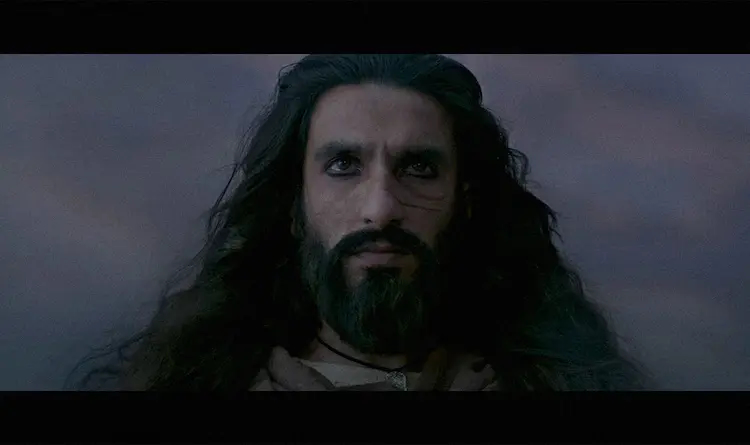
I suspect that if he ever gets around to watching it, Bhansali may find resonance in Shūji Terayama’s 1981 boudoir-romance, Fruits of Passion, a film with very similar preoccupations as his work. Terayama demonstrates however (and in a nimble, 83 minutes) that if one is to depict the depth of human perversion, the censorship of oneself is not an option. Bhansali’s films demonstrate a sparse penchant for comedy – despite a verbal insistence that he adores humour – but the gravity he assigns Padmaavat, essentially the story of a troll driven by his libido, is much too self-conscious. He chooses instead to drape Malik Muhammad Jayasi’s poem-legend inside of an overtly aristocratic avatar where characters routinely well up because of the slogans they themselves utter, dress in flags, walk in foxtrot – in short, very little humanity, a lot of ceremony.
In a circumstance like this, it is an exceptional moment in which he cultivates ancient longing within his villain that truly stands out: with war on the anvil, Allaudin Khilji, the inflatable fool, decides to spend his night standing in front of the daunting Chittor fort, for if the Rawals accede to his demand and agree to expel Rani Padmavati, he wants to be the first to see his beloved.
Ranveer Singh, who has so far played the character with the knob turned to eleven, imbues the villain with a silent, almost profound tragedy – suddenly, Khilji is rendered a cosmic victim. The effect is spellbinding.